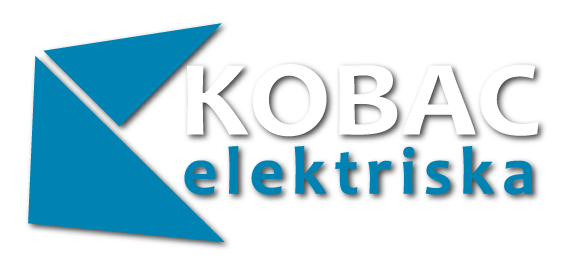.jpg)
Companies must adhere to accounting standards such as Generally accepted accounting principles (GAAP) or International financial reporting standards (IFRS). FIFO is suitable for most types of inventory, especially those involving perishable goods or products with limited shelf lives. It might not be ideal for industries where the flow of goods doesn’t follow the order in which they were purchased or produced. FIFO values the cost of goods sold (COGS) based on the oldest inventory items. COGS is calculated using the cost of the first items purchased or produced. Each method has advantages and disadvantages, and you must consider all the above factors before selecting an inventory valuation method.
World Health Organization (WHO)
.jpg)
If you want to minimize waste, improve product quality and increase efficiency, consider implementing FIFO in your company. Analyse your current situation, plan the necessary changes, implement technology and train your employees. The results can be critical to the success and efficiency of your business. This principle ensures that the first items to enter the system (warehouse, production process, etc.) are also the first to leave.
Regulatory Context
Let’s say you have 100kg of flour in stock, which was delivered in January at Rs.40 per kg, and have another 100kg delivered in February at Rs.42 per kg. Following the FIFO method, when you make bread in March, you will first use flour from the January stock. The January stock of flour will be the first to be used up from your inventory account.
Accurate Cost Analysis
- Implementing FEFO requires advanced inventory tracking systems capable of monitoring expiration dates effectively.
- It’s best to use software platforms to help with this process, as it can be difficult to track costs manually.
- It complies with the guiding principles of inventory management and is a relatively simple inventory costing method.
- FIFO is often visualized using a queue, where new items are added to the end and consumed from the beginning of the queue.
- LIFO reduces tax liability by reducing reported profits, which in turn reduces taxable income.
LIFO is only allowed under U.S. standards, limiting international companies’ flexibility. Both GAAP and IFRS allow FIFO, but only GAAP allows LIFO, so there’s a big trading systems difference between the two. FIFO is compliant with both US GAAP and IFRS, so it’s a safe choice for consistent reporting.
To ensure FIFO compliance duties and responsibilities of real estate broker in practice, it’s essential to develop and implement effective rotation strategies. Regular training should also be provided to staff to ensure they understand and follow the FIFO procedure in their daily operations. Remember, an efficient FIFO system reduces waste, optimizes warehouse space, and can significantly improve a company’s bottom-line.
Implement FIFO Using SafetyCulture
.jpg)
In managing a wide variety of inventory needed for projects, FIFO helps prevent a buildup of materials that might deteriorate over time. With FIFO, older inventory is theoretically purchased at a lower price than newer inventory. This is because the how to buy volt inu v2: buy volt with a credit card debit card newer inventory is purchased at a higher inflationary value. Thus, the lower cost of the older inventory at the current (higher) inflationary value leads to higher net income.
- Can lead to higher taxable income during inflation, leading to higher tax liability.
- You can then achieve an ideal inventory management scenario where you calculate inventory value that matches the natural flow of inventory throughout the supply chain.
- A well-organized warehouse layout ensures easy access to older stock or soon-to-expire items, facilitating efficient stock rotation and reducing the likelihood of compliance errors.
- While FIFO is generally preferred for its alignment with actual inventory flow and financial reporting standards, LIFO may be advantageous in specific economic conditions.
- Learn what QSR management is, why it’s important, and how to implement a QSR management strategy in your operations effectively.
More complex to implement due to valuation adjustments, especially in businesses with frequently changing inventory. Easier to understand and implement, making it suitable for businesses with diverse products. Suitable for industries handling perishable goods or products with limited shelf lives.
Using accounting software with an inventory management component embedded to support the FIFO method is vital. The pros of the FIFO method certainly outweigh the cons, making it a great method for inventory management in most businesses. Considering the drawbacks before deciding if FIFO is the right fit for your business is essential. Also, FIFO can work better when best practices are consistently followed.
